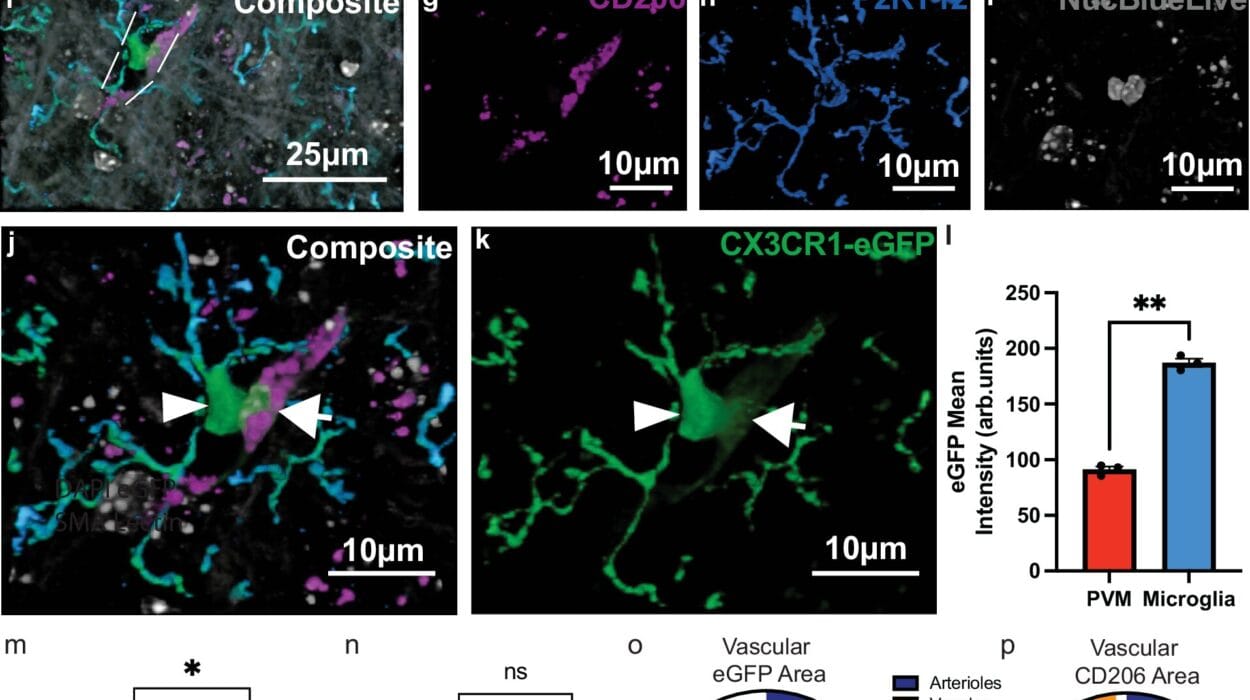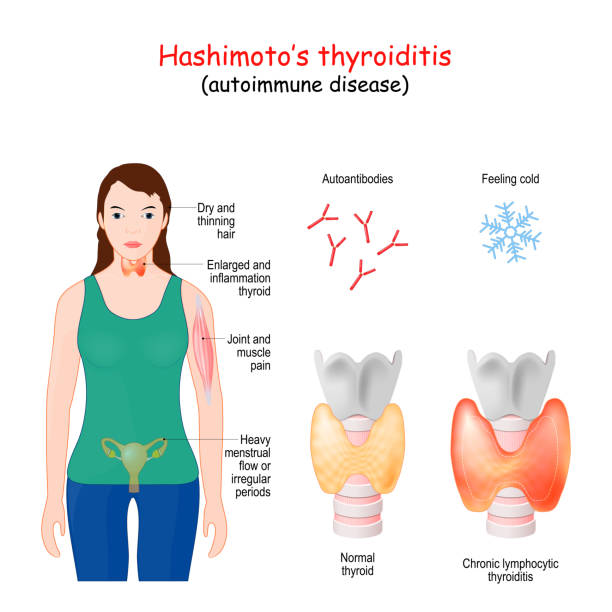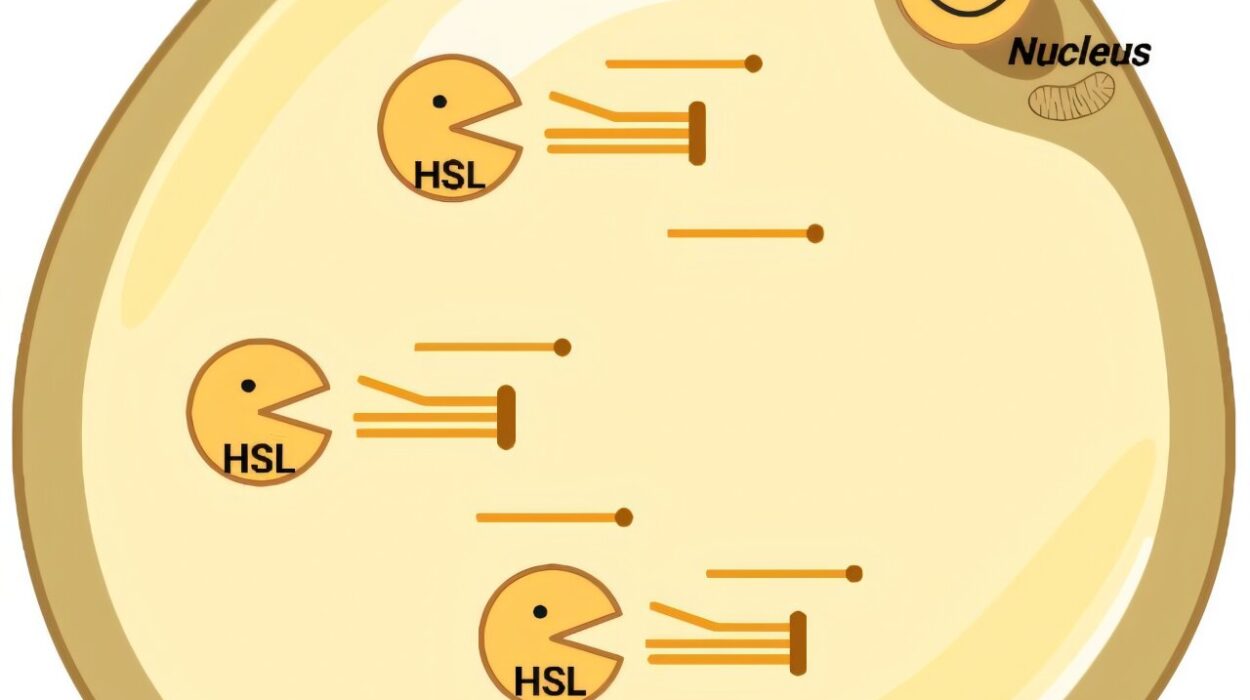A groundbreaking new study published in Nature Cardiovascular Research has illuminated a critical but underexplored truth in cardiovascular medicine: the narrowing of the carotid artery—a major contributor to stroke—is not the same in men and women. Although carotid stenosis affects both sexes and can lead to life-threatening strokes, the study reveals that the inner workings of arterial plaques differ dramatically at the microscopic level depending on sex, unlocking a new frontier for personalized cardiovascular care.
Stroke and heart disease are still the world’s deadliest killers. According to the World Health Organization, cardiovascular diseases claim 17.9 million lives every year. A staggering 85% of these deaths are due to heart attacks and strokes. Despite this toll, our understanding of how cardiovascular diseases progress in men versus women has remained surprisingly incomplete—until now.
A Deeper Look at the Plaques That Clog Arteries
Carotid stenosis, the narrowing of the arteries in the neck that supply blood to the brain, is a major risk factor for ischemic stroke. This narrowing is caused by a buildup of atherosclerotic plaques—fatty deposits made up of lipids, immune cells, and connective tissue. These plaques can either block blood flow or rupture, causing blood clots that travel to the brain.
Historically, medical research has treated cardiovascular disease as one-size-fits-all, often failing to distinguish between how the disease manifests in men and women. However, Katyayani Sukhavasi, a Ph.D. student in Medicine at the University of Tartu and one of the study’s lead authors, argues that biological sex is a key player in how these plaques form, behave, and threaten our health.
“Men tend to develop cardiovascular diseases earlier and are more susceptible, often showing lipid-rich plaques and bleeding. In contrast, women—possibly due to protective effects of pre-menopausal hormones—typically develop carotid stenosis later, with plaque erosion being more common,” said Sukhavasi.
This insight is crucial, as not all plaques are equal in their danger. Some rupture and cause sudden strokes, while others remain stable but continue to narrow the artery over time. The structure and stability of these plaques may hinge on sex-based biological factors.
High-Resolution Cellular Portraits Using RNA Sequencing
The research team employed single-cell RNA sequencing, a cutting-edge tool that offers a high-resolution map of gene activity within individual cells. This allowed scientists to peer into the molecular machinery of carotid plaques collected during surgical procedures to remove blockages from both male and female patients.
What they found was striking: although the major types of cells present in plaques—such as smooth muscle cells, macrophages, and endothelial cells—were broadly similar in both sexes, the composition and behavior of these cells at the subcellular level varied significantly.
In other words, the actors were the same, but they played different roles depending on the stage—and the script was written by sex-specific genetic cues.
Sex-Specific Cellular Differences: What the Data Revealed
The analysis revealed that female plaques contained more osteogenic smooth muscle cells—cells that resemble those found in bone and are associated with calcification. They also had macrophages involved in immune regulation and endothelial cells undergoing a transformation into mesenchymal cells, a process linked to tissue repair and fibrosis.
Male plaques, on the other hand, were rich in chondrocyte-like smooth muscle cells, which are involved in cartilage-like structural formations. Their plaques harbored macrophages that played roles in tissue remodeling—a process associated with vulnerability and rupture. Additionally, angiogenic endothelial cells—which promote the growth of new, often unstable blood vessels—were more prevalent in men, potentially contributing to the hemorrhaging often observed in male plaques.
These variations in cellular behavior are not just curious footnotes—they are keys to understanding why stroke risk and presentation differ between the sexes.
Why This Matters: Implications for Diagnosis and Treatment
The implications of this study are enormous. It adds a new layer of precision to cardiovascular medicine by revealing sex-based molecular and genetic differences that influence how carotid plaques form and evolve. The research, titled “Single cell RNA sequencing reveals sex differences in the subcellular composition and associated gene-regulatory network activity of human carotid plaques,” was co-authored by Katyayani Sukhavasi, Heli Järve, Arno Ruusalepp, and Johan Björkgren.
The study’s bioinformatic analysis also uncovered sex-biased gene regulatory networks, suggesting that male and female plaques are governed by distinct sets of molecular instructions. This opens the door to targeted therapies that account for these differences rather than relying on a one-size-fits-all approach.
“Incorporating biological sex as a critical variable in cardiovascular research is essential,” said Sukhavasi. “Not just for gaining a clearer understanding of the disease mechanisms, but also for improving risk prediction, diagnostics, and ultimately developing personalized prevention and treatment strategies for both men and women.”
This means that in the near future, a woman with carotid stenosis may receive a different treatment than a man—not because one sex is stronger or more vulnerable, but because their bodies are following different biological playbooks.
Looking Forward: Personalized Medicine Meets Cardiovascular Health
This study is a clarion call for the medical community to embrace sex as a biological variable in cardiovascular research. While it’s long been recognized that women and men exhibit different symptoms during heart attacks—women, for example, are more likely to experience nausea and fatigue rather than chest pain—this research takes the understanding to a microscopic level.
It’s also a testament to the power of modern genomics. By combining clinical samples with advanced computational tools, researchers can now map diseases at a level of detail once unimaginable, leading to interventions that are not just reactive but predictive and personalized.
The next step? Translating these findings into clinical practice. Scientists hope to identify biomarkers based on these sex-specific cellular differences to create diagnostic tools that are more precise and to develop drugs that target the distinct cellular behaviors identified in men and women.
Final Thoughts
Cardiovascular disease has always been a complex puzzle. This study has added a major new piece by showing that sex differences go far beyond surface-level symptoms and reach into the very genes that govern our vascular health. In doing so, it has paved the way for a more personalized and equitable future in cardiovascular medicine—one that honors the biological differences between men and women, not as obstacles, but as opportunities for better care.
As science continues to peel back the layers of our most intricate diseases, one thing becomes clear: understanding the tiniest components may be the biggest key to saving lives.
Reference: Katyayani Sukhavasi et al, Single-cell RNA sequencing reveals sex differences in the subcellular composition and associated gene-regulatory network activity of human carotid plaques, Nature Cardiovascular Research (2025). DOI: 10.1038/s44161-025-00628-y






